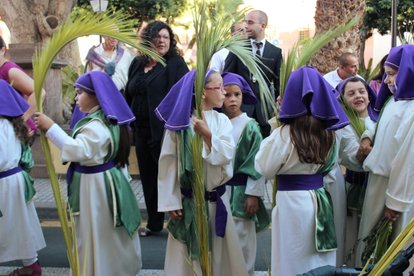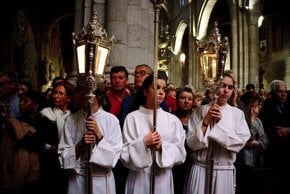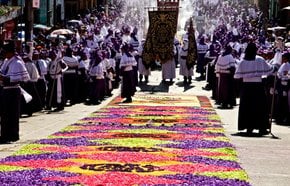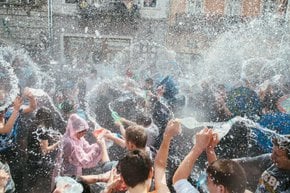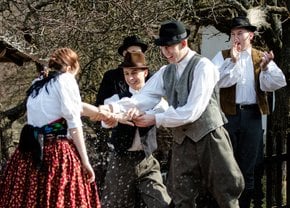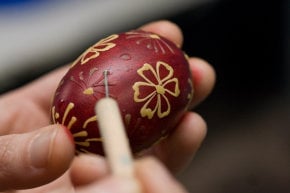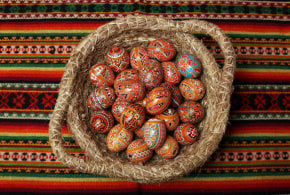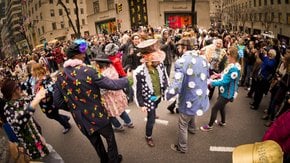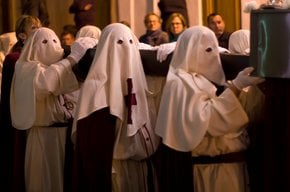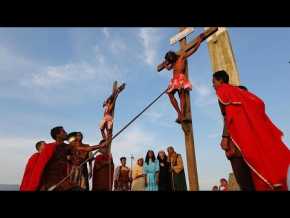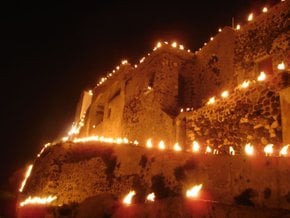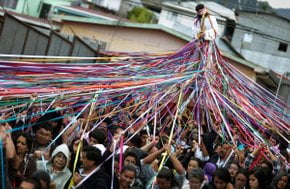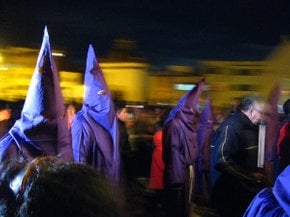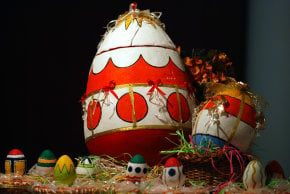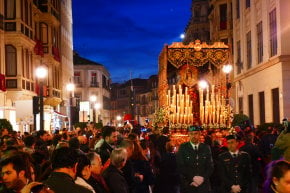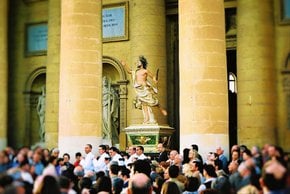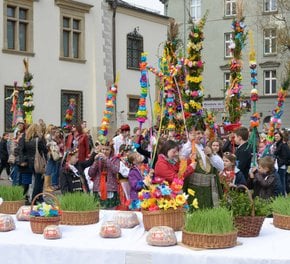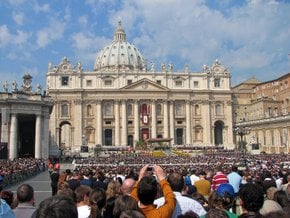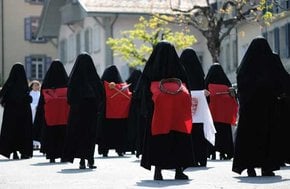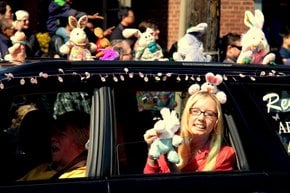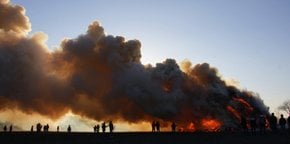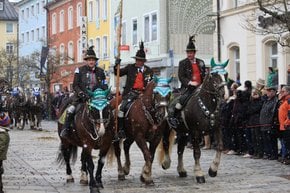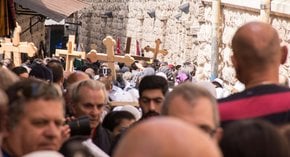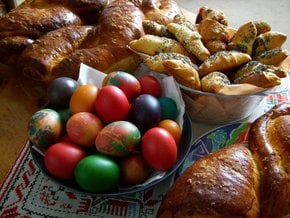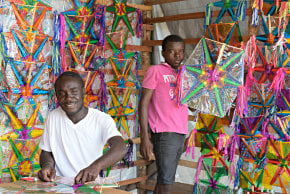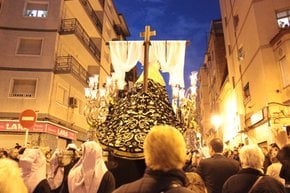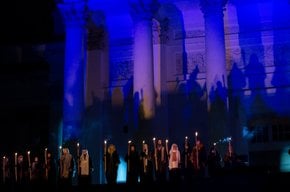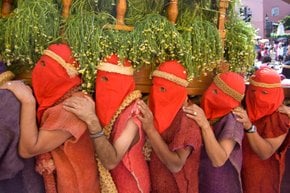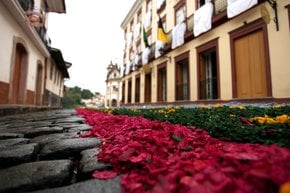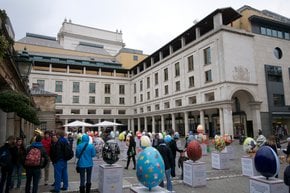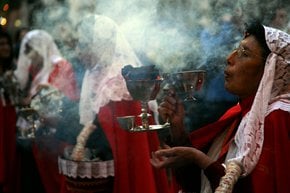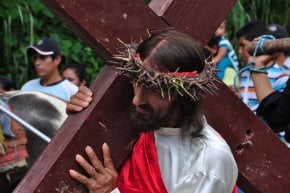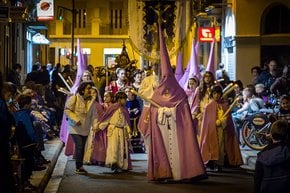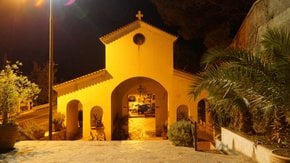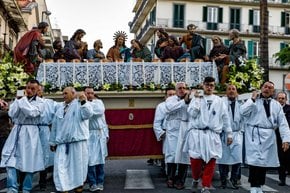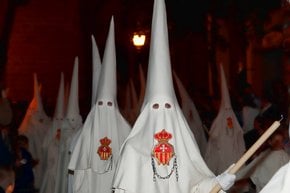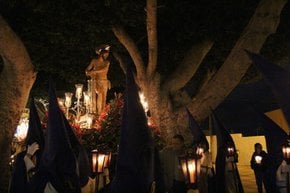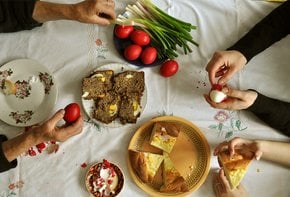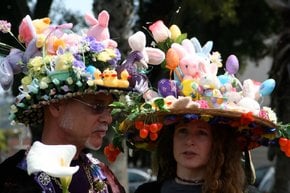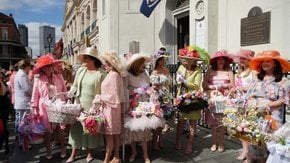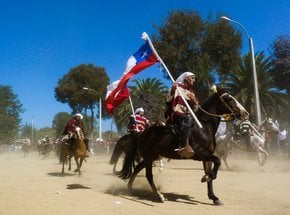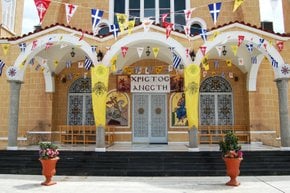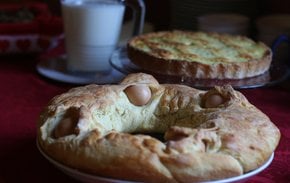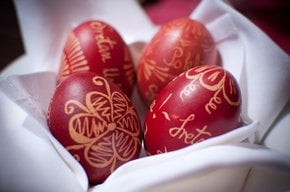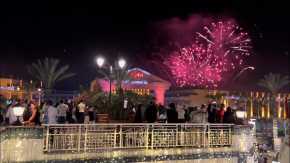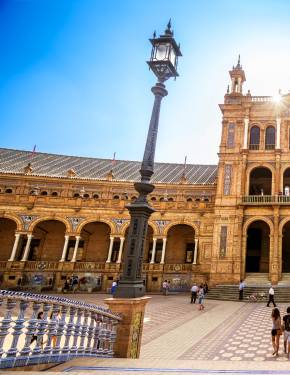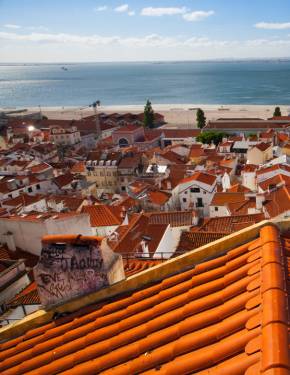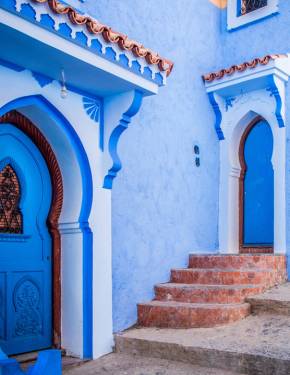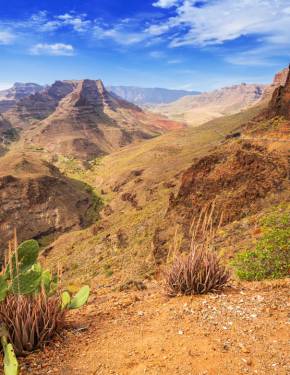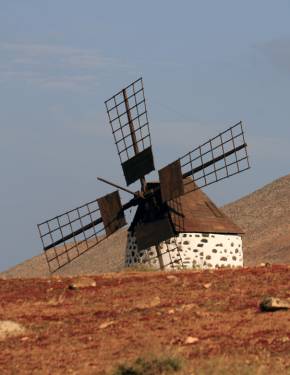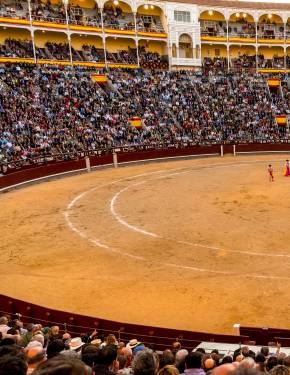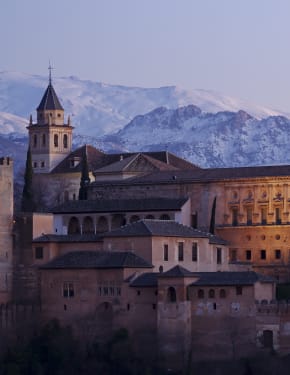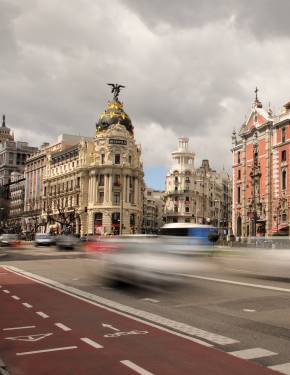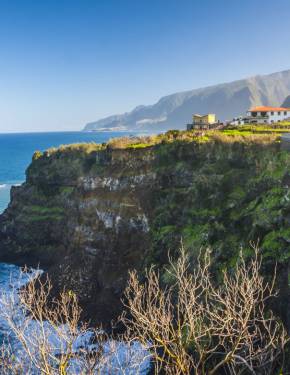Semana Santa & Easter 2025 in Tenerife
The "penitents" in pointed hoods, barefoot "Nazarenes", and religious statues take over the streets for a week of solemn processions
Dates: April 12–21, 2025
Semana Santa, or Easter, is one of the most important and profoundly ingrained religious holidays in Spain. Religious brotherhoods carry elaborate processions with well constructed floats that depict biblical themes through the streets as a way for communities to honor the Passion of Christ. During Easter, you can often see locals wearing traditional clothing and listening to melancholic music. Semana Santa is especially well-known for its majesty and seriousness in places like Seville, Malaga, and Toledo, attracting tourists from all over the world to see the show.
Celebrations in Tenerife
The largest island of Tenerife is no exception to Spain's celebrations, and its historical cities see countless religious ceremonies and street processions throughout the week leading to Easter. The celebration starts on Palm Sunday and continues to Easter Day. During the season, most congregations have at least one daily procession with a church service. But, the most remarkable day is Good Friday commemorating the death and burial of Jesus Christ.
Traditional Easter foods
Easter customs in Tenerife feature a range of diverse Canarian and Spanish culinary traditions. One of them is "potaje de vigilia," a filling stew made with potatoes, veggies, chickpeas, and codfish. This meal is well-known specifically for adhering to the Lenten diet restrictions by omitting meat. In addition to savory dishes, "torrijas" have also become a popular Easter delicacy. They are essentially French toast made with bread pieces dipped in sugar, milk, and eggs, fried, and frequently spiced with cinnamon and honey.
Holy Week processions
The most memorable processions involve members of different religious brotherhoods. These iconic "penitents" are wearing long cloaks with pointed hoods that totally cover their faces and revealing only their eyes. Other participants of solemn parades are "Nazarenos", who typically walk barefoot and carry shackles or large wooden crosses. Also, it's common to parade huge floats with heavy religious statues through the streets. The parades make painfully slow progress, traditionally accompanied with sombre religious music by a brass band.
Where to see Holy Week celebrations in Tenerife
The most elaborate Semana Santa festivities take place in the authentic towns of the island, namely in Güímar, La Orotava, Garachico, Candelaria, Los Realejos, Puerto de la Cruz, and the capital city of Santa Cruz de Tenerife. The most famous celebration is observed in San Cristóbal de la Laguna, the religious centre of Tenerife and UNESCO World Heritage Site.
Silent Procession in La Laguna
The very special occasion not to miss in La Laguna is its Good Friday evening procession — Procesion del Silencio or the Silent Procession. The town goes completely quiet, street lights shut down, and the town is illuminated solely by candles. The pious brotherhood parade departs at around 9:30 pm from the Iglesia de la Concepción. A slow pace set by an ominous drumbeat creates a moving and a bit unnerving atmosphere you are never going to forget.
Easter Sunday
Easter Sunday brings the joy of Resurrection and, well, lots of food. Lent is over, so families celebrate with local delicacies like sancocho (salted fish served with potatoes), gofio (traditional grain) and mojo, signature Canarian sauce.


